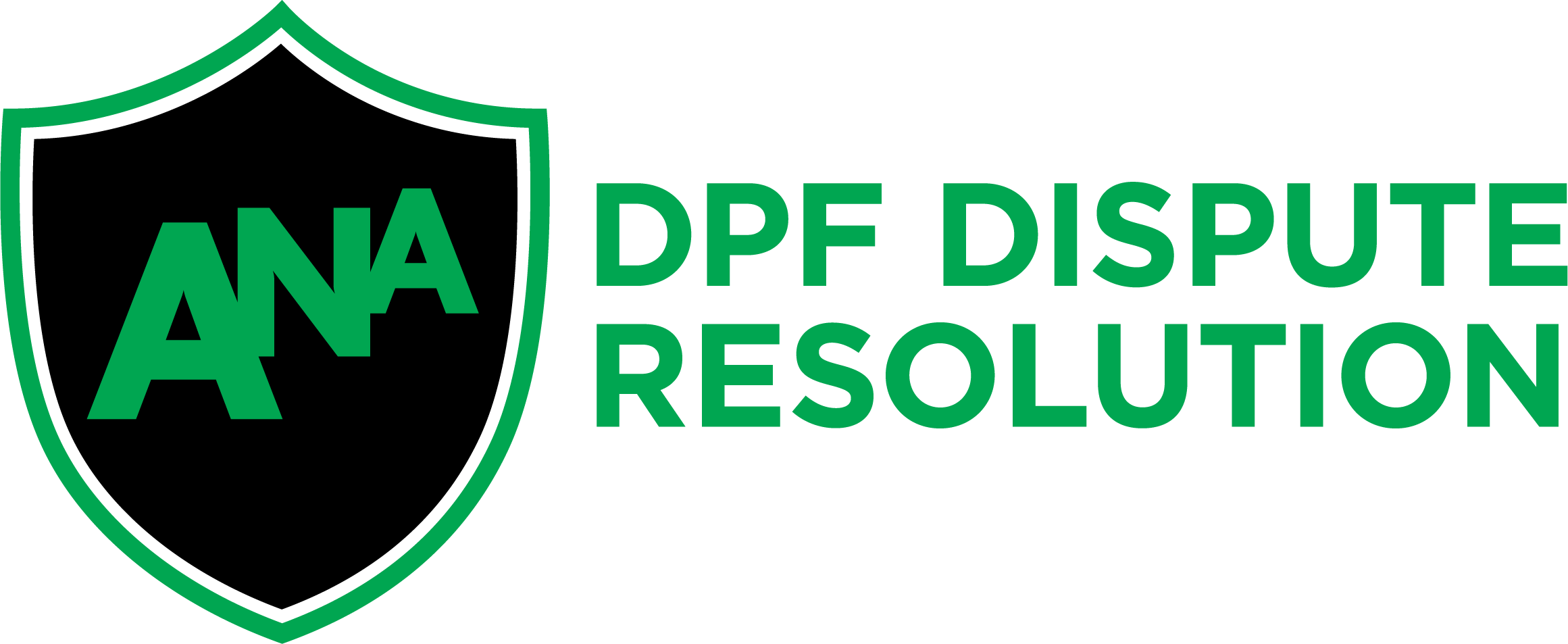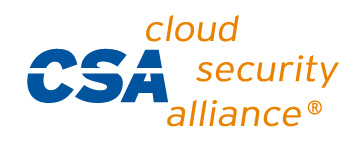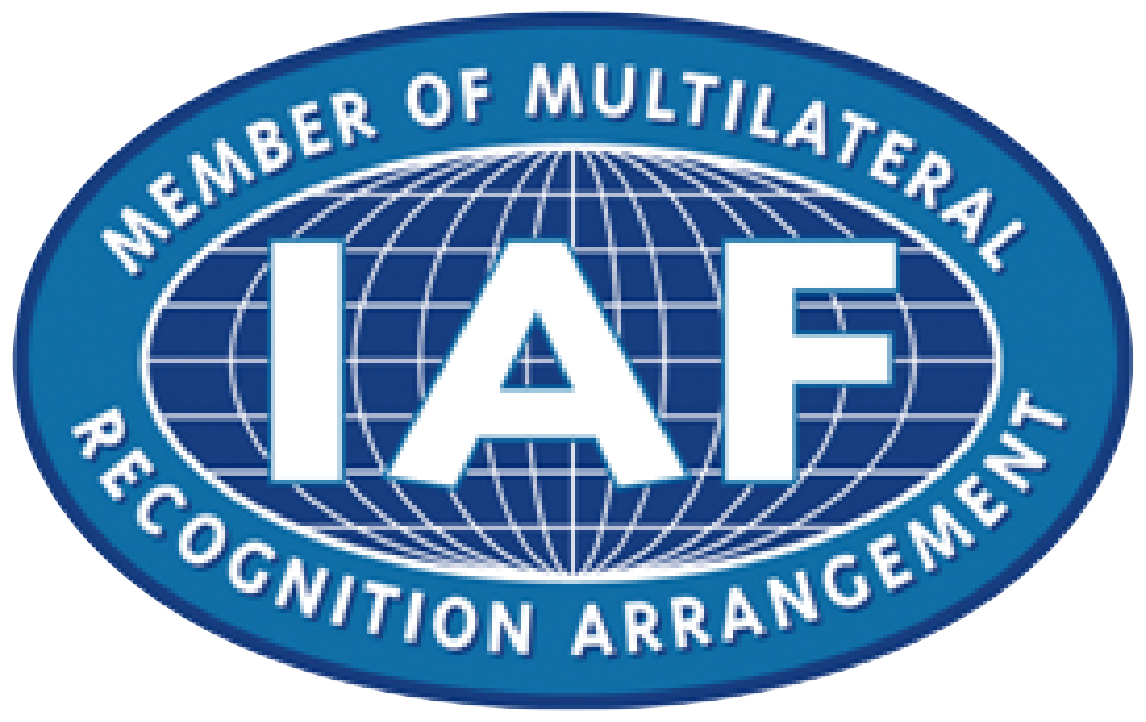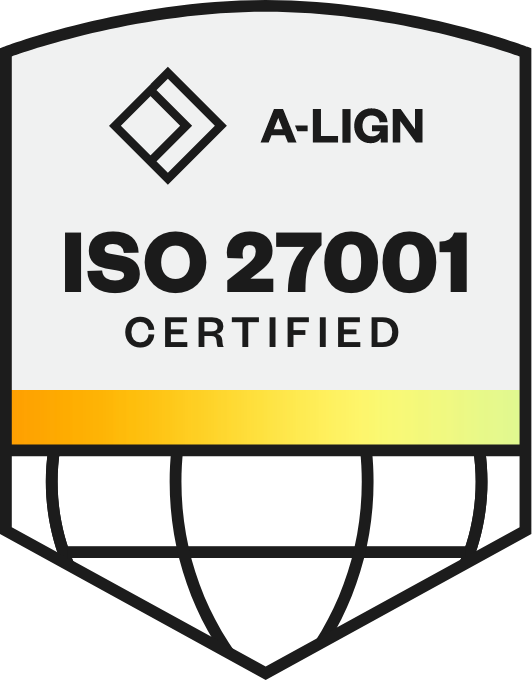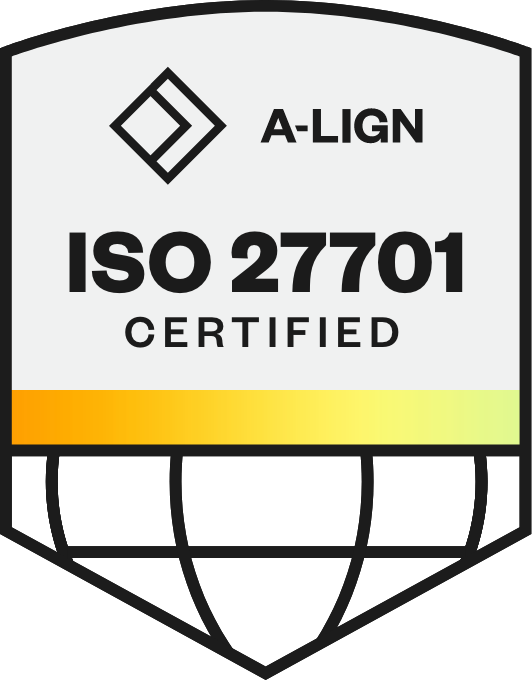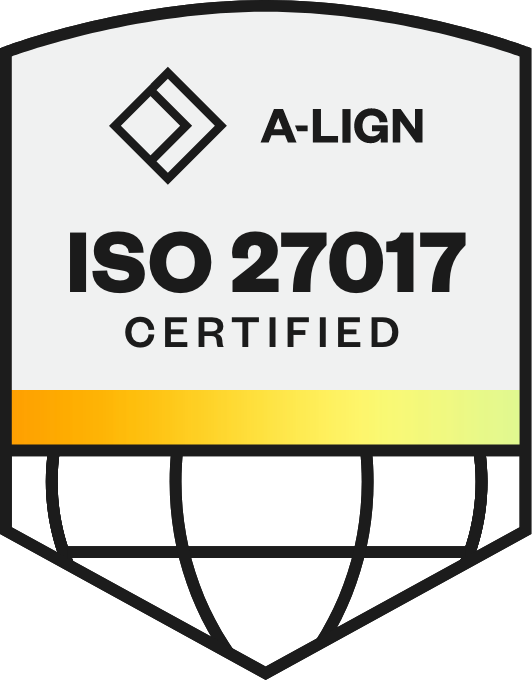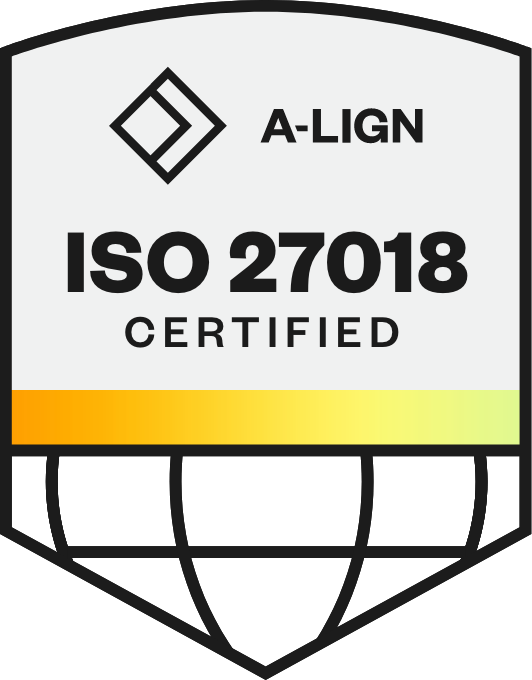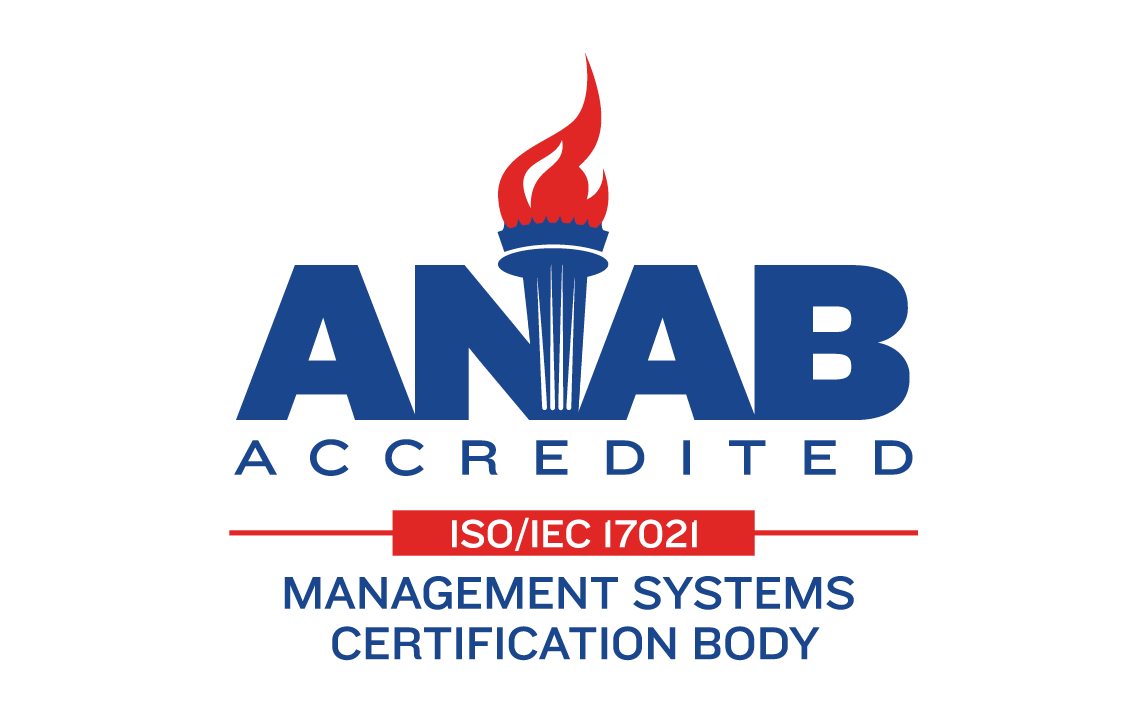
From Chaos to Clarity: The Skills Data Governance Framework Phenom and Skill Collective Built for HR Leaders
Despite massive investments in learning platforms, talent management systems, and performance tools, most HR leaders find themselves in a familiar predicament. When executives ask strategic questions about workforce capabilities: "Do we have the skills to execute our AI strategy?" or "Which teams are ready for our European expansion?" — the answers remain frustratingly out of reach.
The issue isn't a lack of technology or data. Organizations already have skills information scattered across learning management systems, performance data housed in talent platforms, and hiring insights locked in their ATS. The problem is that none of these systems speak to each other, leaving teams unable to answer the strategic workforce questions that matter most to the business.
At IAMPHENOM 2025, Karl Weston, Co-Founder & Managing Partner, Skill Collective, and Sunny Yang-Hicks, Senior Director, Product Management, Phenom, shared a skills-forward methodology that's helping HR leaders bridge this gap without starting over or abandoning existing technology investments. Their partnership also leverages Phenom's skills data capabilities with Skill Collective's governance expertise to help companies extract strategic workforce insights.
Watch the full session here or catch the key highlights below!
In This Article:
Finding Your Starting Point in the Skills Journey
Before diving into skill data collection or technology implementation, successful organizations should take a step back to assess where they stand today. "What do you want to use your skills to do?" Weston asks HR leaders.
At this stage, organizations need to set the right expectations and goals for themselves — this also helps prevent overreaching or implementing solutions that don't match their current capabilities. Ask yourself:
What specific business problems are you trying to solve with skills data?
What's your organization's realistic appetite for change?
Do you have leadership support for skills transformation initiatives?
Which business units are most likely to embrace data-driven approaches?
The skills maturity spectrum provides a clear framework for determining where you are today, and where you should move towards in the future:

Skills-Aware: Beginning to understand current capabilities and what needs to be developed, acquired, or accessed externally. Focus on building a strong foundation at this level.
Skills-Engaged: Collecting and validating skills for specific business purposes, whether department-specific initiatives or targeted employee experience improvements.
Skills-Powered: Using validated skills data at scale to drive business outcomes, often concentrated in specific functions where skills data creates a measurable impact.
Skills-Based: Operating entirely on skills architecture with eliminated job titles and skills-based compensation.
The key insight is matching your ambitions to your organization's appetite for change. "You need to do what's right for you and your organization," Weston emphasizes. Success comes from realistic goal-setting rather than pursuing the most advanced option available.
Choosing Your Data Strategy
Once you understand your maturity level, the next decision involves determining which type of workforce data to collect and manage. "The goal is to be targeted in how we collect and utilize workforce data across the business," Weston notes. Success comes from matching your data strategy to both your maturity level and specific business goals rather than trying to capture every possible data point.
To do so, Skill Collective shares a framework to help organizations make the best decision for their specific needs:
Employee Data: User-input skills often unrelated to current role (e.g., "I do underwater basket weaving, but I'm a project manager") — ideal for learning platforms and employee interests
Role-Based Data: Skills specific to current position (e.g., 15 project management skills) — best for understanding current workforce capabilities
Full Worker Profile: Combining what people do, like, and aspire to become, which enables strategic workforce planning and mobility

Weston advises companies to simplify their approach: organizations seeking better learning experiences should focus on employee data; those needing current workforce capability insights should build role-based data; and organizations pursuing strategic workforce planning and mobility should work toward full worker profile data.
The Technology Foundation That Connects Everything
Understanding the underlying technology infrastructure is crucial because it determines what becomes possible with your skills data strategy. Yang-Hicks describes Phenom's approach as creating an "ontology universe" — a dynamic system connecting talent data across entire organizations.

"This is like an under-the-hood view of how our data is connected," Yang-Hicks explains. The platform links companies, locations, teams, roles, employees, recruiters, candidates, and skills into a complex neural network that can answer questions like ‘What skills do we have in our European software engineering teams?’ by connecting organizational, geographic, and skills data simultaneously.
Related: AI and Skills Ontologies: Transforming Talent Management Across Industries
Unlike static skills taxonomies, the system continuously learns and evolves. "We build mechanisms to ingest new information, keep the ontology fresh, keep it relevant so that you're actually answering the question of today and not yesterday," Yang-Hicks notes.
Most importantly, organizations don't start from scratch. "You don't have to start from zero, right? We already built this ontology as an infrastructure layer for you," Yang-Hicks explains. This pre-built foundation makes it possible to answer previously challenging questions about recruiter performance, skills-retention relationships, and geographic skills variations — making sophisticated workforce intelligence accessible without years of development work.
Building Trust Through Data Governance
Data governance in human capital represents a critical gap that organizations must address independently.
The SEC requires publicly listed companies to report on human capital without providing governance standards to achieve reliable data.
With rising regulations and compliance laws weighing over organizations — without established governance standards to achieve reliable data — organizations must create their own frameworks for trustworthy workforce data.
The Seven Governance Principles
Organizations, in order to get trustworthy workforce data, must have their own framework to tackle everything from data quality and employee participation to ownership structures that actually work.
The seven principles that Skills Collective has addressed the fundamental question every HR leader faces: How do you ensure the skills data you're collecting is accurate, consistent, and actionable enough to drive strategic business decisions?

Relevance: Skills data must align directly with strategic objectives — ensure every data point serves a clear business purpose
Consistency: Implement a standardized skills taxonomy organization-wide to avoid situations where "my manager says that I'm a level six, when actually I'm saying to everybody that I'm a level 2."
Completeness: Cover the full range of employee capabilities without significant gaps that lead to incomplete strategic decisions
Timeliness: Continuously update data through regular cycles — monthly, quarterly, or aligned with performance reviews and project completions
Security: Protect skills data through role-based access controls and privacy compliance appropriate to different organizational levels
Transparency: Answer employee questions — "What are you gonna use it for? What's in it for them? How does giving you my data help me have a better career?" — before expecting participation
Accuracy: Verify through reliable processes matching the criticality of skills being assessed — construction certifications require different validation than general communication skills
The most crucial success factor involves moving skills data ownership from HR to business leaders. Business units that need workforce data for strategic decisions should own the collection process, while HR provides the governance framework and support structure.
This distributed responsibility ensures data serves actual business needs and creates higher employee participation rates, since people are more willing to share skills information with leaders who make business decisions rather than administrative functions.
Related: Skills Governance: From Theory to Practice
Building Your Business Case: The Four-Level Value Framework
To secure organizational buy-in for skills transformation initiatives, you need to demonstrate value at different levels. The methodology creates impact across four distinct areas
Level 1 - Emotive/Reactive Value: Employee satisfaction improvements through role clarity and career path visibility. When people understand their current role and see available future opportunities, engagement scores improve measurably.
Level 2 - HR Value: Process optimization by consolidating job profiles, improving workforce insights, and establishing governance for consistent job profiles. HR can focus on strategic initiatives rather than managing redundant systems.
Level 3 - Business Alignment Value: Strategic impact through skills alignment with business goals and enhanced decision-making capability. Business leaders can identify and deploy talent to critical projects more effectively.
Level 4 - Organizational Value: Bottom-line impact through building a future-ready workforce with adaptive skills and increased organizational agility for market changes.

Skills Centers of Excellence Framework
Successful implementation centers on establishing Skills Centers of Excellence that deliver three key benefits: improved data quality and governance, business strategy alignment, and enhanced agility through internal mobility.
Four-Step Implementation Process
Start Small: "Don't think enterprise-wide," Weston advises. "Workforce data can solve a very small problem in a very small team." Focus on agile groups — technology, product, and analytics teams — to create success stories for broader buy-in.
Move Ownership to Business Leaders: "Business leaders want to make business decisions with this data," Weston notes. Demonstrate value, then let business units take ownership with transparent ROI propositions.
Stay Resilient: "Things will go wrong, key transformations go wrong. Skills data, workforce data are hard," Weston acknowledges. "Keep moving, keep progressing, don't go for perfection. It will never be 100%." Focus on progress over problem-solving.
Avoid Manual Processes: "Lean into your natural business cadences. You're going to go through talent management cycles, hiring spikes, and long times when people leave. Use those natural cadences to your advantage." Embed data collection in existing workflows.
The ultimate vision transforms HR's role entirely. "The HR of the future is not going to solve so many more problems. It's going to start to accelerate the path towards success," Weston explained. "Data is the baseline or foundation of all of that."
Proven Results Across Multiple Implementations
When organizations implement this methodology properly, the metrics demonstrate significant impact. Across client implementations, the approach consistently delivers:
20,000-30,000 additional skills previously unknown to organizational leaders
60% increase in learning engagement due to full worker profile-driven recommendations
26% average decrease in time to fill due to better matching of talent to job requirements
20% average increase in internal hires
30% decrease in turnover due to lack of visibility into career and upskilling opportunities

"On average, when you collect data in the targeted systematic employee-friendly way, you're going to get 20 to 30,000 more skills or skill signals," Weston said. "Learning engagement goes through the roof because we start talking about finite learning. Instead of training somebody to be a project manager, you're training them to do three skills that align to a project manager."
The finite learning approach delivers immediate cost benefits. "You cut down on incredible amounts of content cost. And you start training people to do finite matter," Weston explained.
The business impact extends beyond HR metrics. "If you can help a sales team hit their annual target in November instead of the end of December, they've got a clear month to be able to bring in additional revenue," Weston noted.
Organizations implementing this methodology also benefit from competitive advantages through improved internal mobility, faster hiring, and reduced turnover. As Weston noted, companies that can "use workforce data not just to help people reach peak performance, but take them to hyper performance" retain talent longer and achieve better business outcomes.
Making Your Skills Data Work as Hard as Your People Do
You didn't get into HR to spend your days wrestling with fragmented data systems or defending the ROI of your talent investments. You became an HR professional to unlock human potential and drive organizational success through people.
The methodology shared by Phenom and Skill Collective recognizes something fundamental: you already have talented people and valuable data — you just need the right approach to connect them strategically. The HR leaders achieving these results aren't superhuman — they're professionals like you who recognized that sustainable skills transformation requires both sophisticated technology and practical change management.
Your organization's competitive advantage doesn't lie in having perfect data — it lies in your ability to act on good data consistently and strategically. The framework exists, the technology is proven, and your peers are already seeing results. The question isn't whether you have the capability to lead this transformation. The question is whether you're ready to take the next step toward making your skills data work as hard as your people do.
Ready to assess where you stand today? Download the State of Skills 2024 report for frameworks, benchmarks, and real-world applications across industries.
Apurba is a writer who specializes in creating engaging content, backed by storytelling, data, SEO and a cup of coffee. When she’s not writing, she’s reading, cooking fusion food, or curiously traveling like a local.
Get the latest talent experience insights delivered to your inbox.
Sign up to the Phenom email list for weekly updates!



